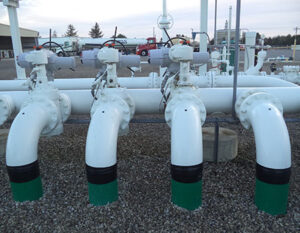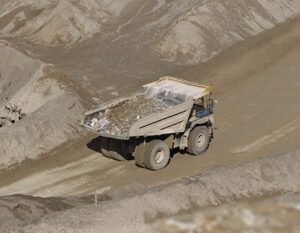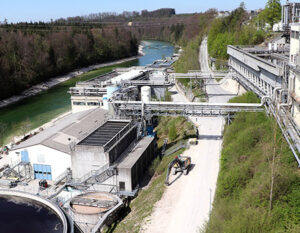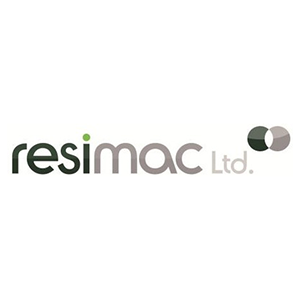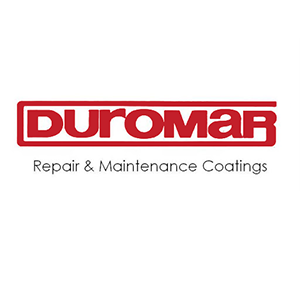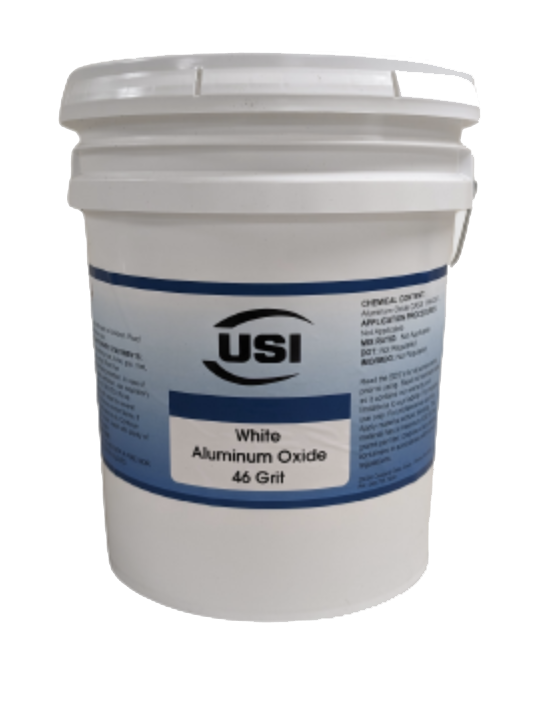Avoid OSHA #1 reportable, “Trip, slips and falls.”
According to the National Safety Council, slips, trips, and falls remain one of the leading causes for work related injuries in the Unites States.
The slip resistance of floors and pavements is the measure of the ability of a surface to prevent accidental slipping by pedestrians in dry or wet conditions. Inspectors, especially those who perform commercial inspections, can benefit from learning about the details of slip resistance, especially when the lack of it presents a serious safety hazard.
Understanding the importance of slip resistance is critical for maintaining safe environments in both residential and commercial spaces. Whether it’s a retail showroom, an office corridor, or a home entryway, the type of flooring you choose plays a direct role in preventing accidents.
Factors like texture, material composition, and moisture resistance all contribute to how safe a surface is underfoot. For property owners and inspectors alike, identifying and selecting the right floor finish isn’t just about aesthetics—it’s a matter of safety and liability. This is why so many are seeking professional guidance by searching for floorers near me to ensure that their flooring solutions meet both safety standards and design expectations.
Floor Boys, with their wide selection of materials including hardwood, laminate, vinyl, and tile, offers expertise that balances functionality with style. Whether you’re upgrading to a non-slip surface for your business or enhancing your home’s durability, choosing the right flooring with knowledgeable support makes all the difference.
Slip resistance is important because it prevents against slip-and-fall accidents, which cause needless physical and emotional trauma — as well as financial hardship through medical expenses and lost work — to the injured person. The party found legally responsible – typically, the property owner – may face stiff liability payouts, legal defense costs, insurance premium hikes, increased administrative costs, and a damaged reputation within the community. All told, these accidents and their resulting lawsuits cost all parties enormous sums of money and inconvenience, and they’re common, too; according to the Occupational Safety and Health Administration (OSHA), they constitute the majority of general industry accidents and cause 15%
of all accidental deaths. For these reasons, inspectors and their clients can benefit from learning the basics of slip-resistant flooring.
Critical to understanding slip resistance is a metric used to gauge the slipperiness of the floors in a building: the coefficient of friction (COF) represents the resistance to movement between two objects — in this case, a human foot and a flooring material. Sophisticated devices, such as the BOT-3000E Tribometer. The Tribometer measures coefficient of frictionobtain (COF) by dividing the measured horizontal resistance to the vertical, downward force. High COFs indicate greater friction and less slipping and conform to ANSI and ASTM standards.
Inspectors can inform their clients about how to avoid the personal and financial fallout that result from slip-and-fall accidents through the following corrective measures, such as:
- Abrasive treatments, finishes and coatings: Rough finishes made from epoxy, urethane and paint may be applied to impart slip resistance to floor and stair applications. Silicon carbide and aluminum oxide are more durable grits, while garnets and sand are less durable to contaminants and high traffic.
- Chemical etching: Common in bath and shower areas, hydrofluoric acid is used to create ridges and valleys to increase surface roughness on marble, granite, concrete, and ceramic and porcelain floors. This etching may be lost if the floors are not frequently cleaned.
Here are some OSHA standards and tips to avoid slips and falls:
- Proper footwear: Avoid sandals, canvas shoes, open-toed shoes, and high heels
- Clean up spills: Clean up spills as soon as possible and put out a sign
- Lighting: Ensure adequate lighting in work areas, stairs, halls, ramps, and exits
- Housekeeping: Check for hazardous clutter, such as cables, paper, boxes, and hoses
- Stair and ramp use: Use the appropriate stairs or ramps to change levels
- Personal protective equipment: Wear the appropriate safety harnesses and protective equipment when working at elevation
- Work bay and pit coverage: Cover work bays or pits when not in use
- Hole barricading: Barricade large holes to prevent falls
- Walking on slippery surfaces: Take short steps on slippery surfaces, point your feet slightly outward, and keep your center of balance under you
- Smooth surfaces: Be extra cautious on smooth surfaces such as newly waxed floors
- Loose carpeting: Be careful walking on loose carpeting
OSHA requires employers to provide working conditions that are free of known dangers, keep floors clean and dry, and provide required personal protective equipment at no cost to workers.
To learn more about OSHA’s requirements and standards, visit their website today: https://www.osha.gov/laws-regs/regulations/standardnumber/1910/1910.22
RECOMMENDED PRODUCTS:
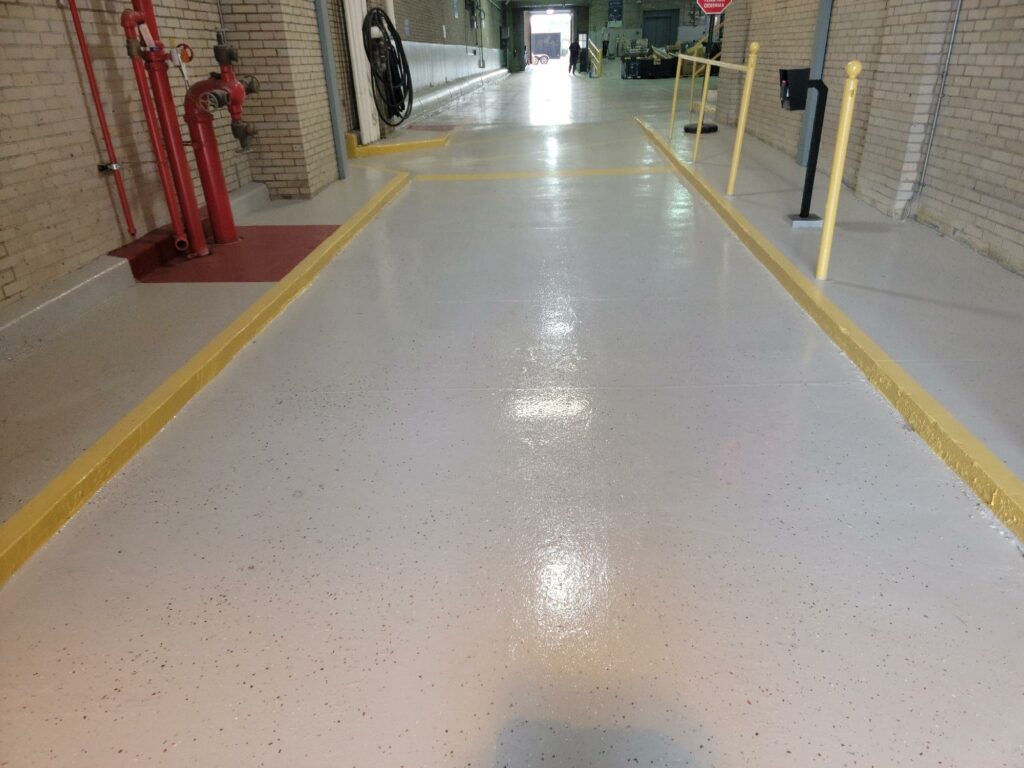
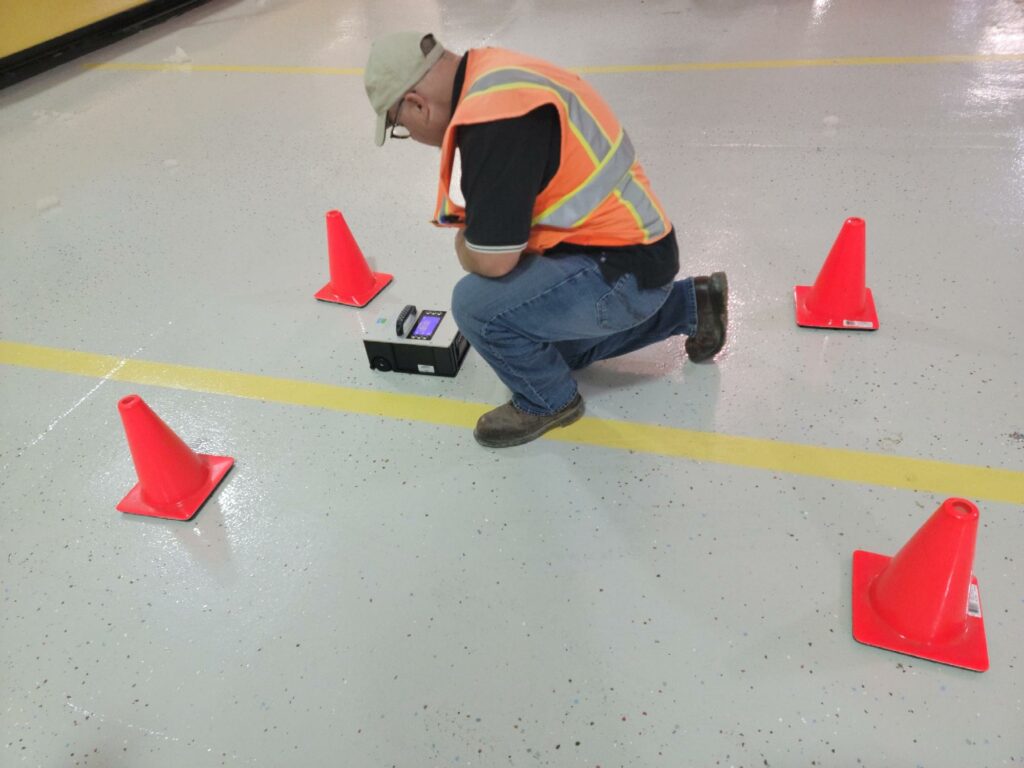
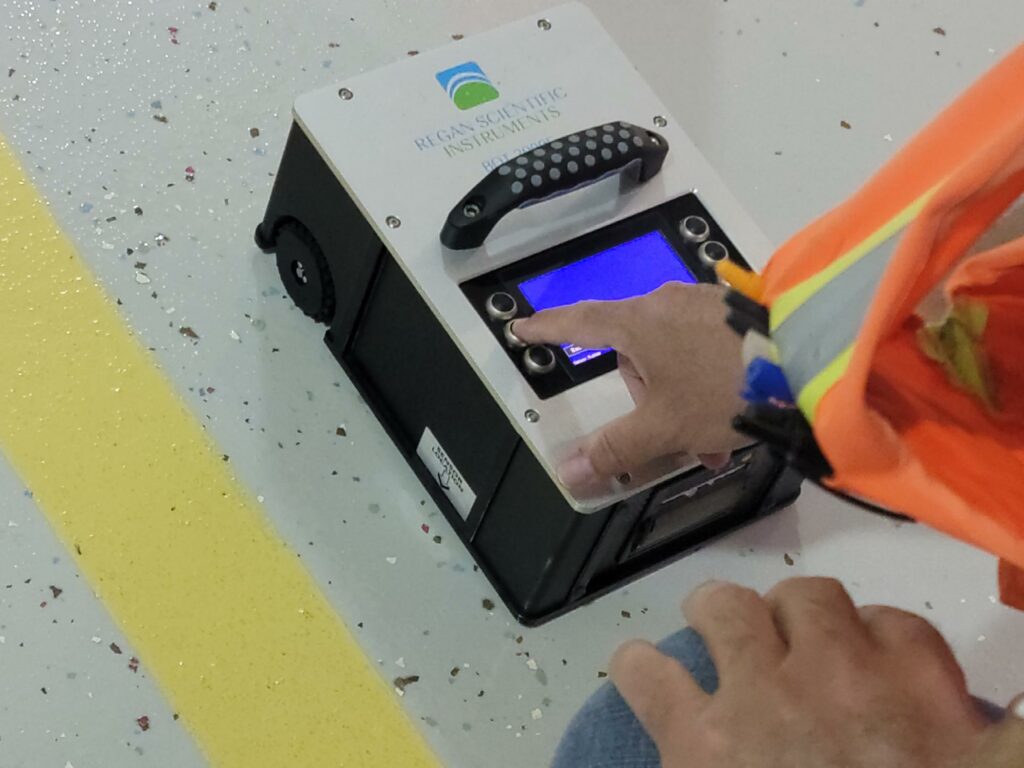
floor repair how to prevent falls how to prevent slips how to prevent trips OSHA regulations OSHA Requirement

